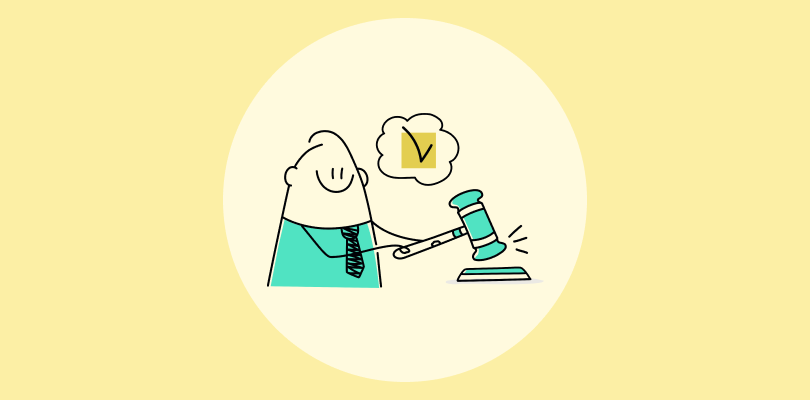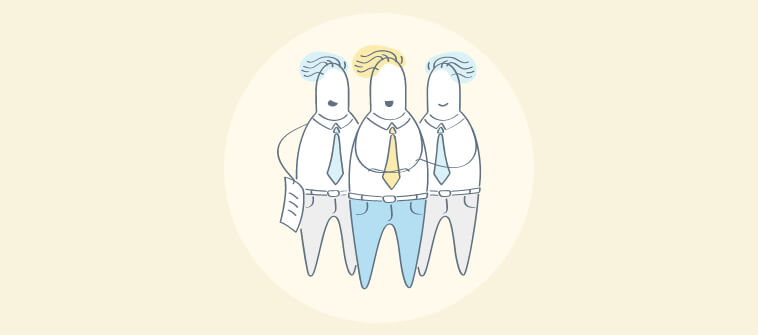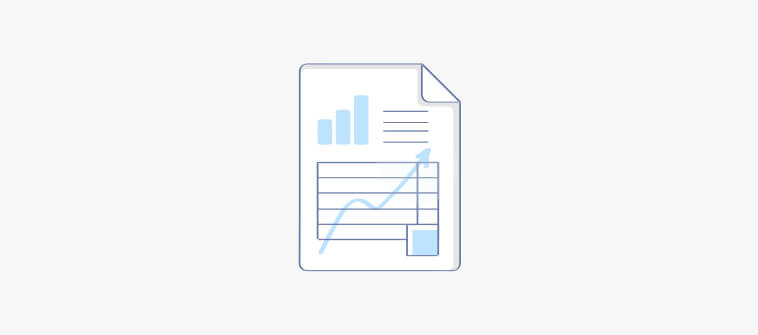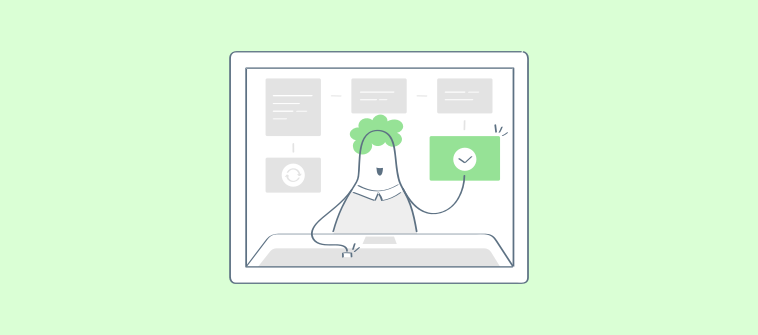Do you feel a sense of confusion around the terms customer success vs. customer experience? You are not alone.
Business terminologies can seem greek to most people. But understanding the smallest of differences between important terms can help you become a customer-centric brand.
The quality of both customer success and customer experience can help you alter the customers’ perception of your brand, encourage repeat purchases, increase loyalty, and drive business growth.
Customer success (CS) is a term that has gained massive popularity in recent years. But what does it actually mean? What is the difference between customer success and customer experience? Can you prioritize both without losing focus on the customer?
We understand you must be full of questions. In this blog, we will explore their definition in detail. Later, we will understand the 5 key differences between the two and see how you can improve both to win more customers for your business.
Let’s go!
What Is Customer Success?
Customer success is a business process that operates with the intention of helping customers reach their desired goals and outcomes. The main purpose is to help customers make the most of your offered products or services.
Modern companies have dedicated customer success teams to proactively help customers use products effectively and attain success. Customers will likely continue buying from you when they can reap the maximum benefits from your products and services.
Here are some common roles and responsibilities of customer success teams:
- Providing in-depth onboarding sessions
- Encouraging renewals and repeat purchases
- Increasing customer lifetime value (CLV) and revenue
- Collecting and implementing customer feedback
What Is Customer Experience?
The customer experience (CX) is the result of the interactions a customer has with your brand across various stages of the customer journey. The customer experience is composed of different interactions – from browsing an online website to speaking to a sales or customer service representative.
Customer experience has the power to make or break a brand. If customers have a delightful experience, they will stay loyal, buy more often, and recommend your products to friends and family members. On the other hand, a poor experience can make you lose existing and potential customers.
Here are some benefits of delivering great CX:
- Enhanced customer satisfaction
- Increased customer loyalty
- Improved word-of-mouth marketing
- More product or service recommendations
Read More: 10 Surefire Ways to Improve Customer Experience With Help Desk
5 Key Differences Between Customer Success & Customer Experience
Here are the top 5 major differences between customer success and customer experience:
1. Timeline
Customer experience begins with the customer’s first contact with the company. This could be even before they buy from you. For example, when they are scrolling through your e-commerce website or when they receive a cold call from your sales team or an email from the marketing department.
On the other hand, customer success comes into play at a very later stage of the customer journey. Customer success teams are brought into action when the customer actually makes a purchase. The main focus is ensuring customers have a smooth experience using a new product or service.
2. Objective
On comparing customer experience and customer success, you will notice that the former is a broader concept than the latter. The main objective of customer experience is to build a healthy relationship with customers across different stages of the customer journey – from awareness to purchase to advocacy.
Customer success is only a small part of the customer experience. The main objective of customer success is to ensure customers attain their desired goals and expectations when they start using your product or service. For example, if you sell a team communication app, the objective of your CS team would be to help customers collaborate with team members without any hassles.
3. Metrics for Measurement
Businesses use different metrics to measure the quality of customer experience and the efficiency of customer success teams. Let’s discuss them right away.
Customer experience is measured using metrics such as customer satisfaction score (CSAT), net promoter score (NPS), customer effort score (CES), customer acquisition rate, etc.
On the other hand, customer success is measured using metrics such as renewal rate, customer lifetime value, customer health score, customer churn rate, repeat purchase rate, etc.
Read More: 15 Help Desk Metrics to Improve Customer Support
4. Responsibility
There is another major difference you must know about in this battle of customer experiences vs. customer success. The responsibility for the quality of customer experience falls on the entire company, involving different departments. While the product team is responsible for developing well-designed products, the sales team must offer the best deal to customers to enhance their experience.
However, when it comes to customer success, only one department is responsible – the customer success team. They are responsible for ensuring customers attain success as quickly as possible and make regular purchases to boost the company’s revenue. In some cases, even the customer service teams are responsible for helping customers better understand a product and achieve their desired outcomes.
Read More: 10 Tips to Build a High-Performance Customer Success Team
5. Industry
Customer experience is a common area of focus for almost all industries. From banking to healthcare to e-commerce, companies belonging to these industries know that in order to survive, they need to improve the CX.
But this isn’t true for customer success. You will find customer success teams in companies belonging to the SaaS (software as a service) industry. Here the sole focus is to educate customers about the product through detailed walkthroughs and training. CS teams can also be found in B2B companies that sell technical or complex products such as machinery, electronic gadgets, and more.
Can Customer Success and Customer Experience Work Together?
For optimum success, customer success and customer experience teams should work together like a well-oiled machine.
As discussed above, customer success is only a part of the customer experience. This means their functions often overlap with each other. Both teams share common goals of increasing customer satisfaction and loyalty and driving rapid business growth.
If you have dedicated teams for both, here is how you can make them work in sync. While the customer success team can focus on people who have already signed up for your product or services. The CX team can focus more on making potential customers aware of what the brand stands for and how it can solve their unique problems.
It is also important to ensure you track their performances using different metrics. For example, you can adopt a more quantitative approach to measure customer success – renewal rate, churn rate, repeat purchase rate, etc. On the other hand, a qualitative approach can help you measure customer experience – CSAT or open-ended surveys, interviews, etc.
Read More: 8 Ways to Excel at Customer Service Team Collaboration
FREE. All Features. FOREVER!
Try our Forever FREE account with all premium features!
Role of Customer Success & CX in the Customer Journey
Well-trained customer success and CX teams can positively impact the customer journey. But what exactly is the customer journey?
The customer journey can be defined as a map that includes all the interactions a customer has with a business. Every touchpoint of the customer journey should further familiarize the customer with your brand and leave a lasting impression. This can only be done successfully if you give equal consideration to customer experience and customer success.
- Businesses with a customer experience mindset drive revenue 4-8% higher than the rest of their competitors.
- According to a study, over 72% of companies say that improving customer success would be their number one priority
Now, let’s see how these two teams can help you improve the onboarding stage of the customer journey.
During the onboarding process, the CS team can offer in-app walkthroughs and training sessions to help customers understand the product better. They can even share links to self-service articles, FAQ pages, video tutorials, etc., to answer all their product-related queries.
On the other hand, the CX team can share surveys or have one-on-one sessions with customers to understand their pain points. They can then share this data with the CS team to improve future onboarding processes.
Prioritize Both Customer Success and Customer Experience
Successful businesses such as Apple, Amazon, and Disney have their eyes on both customer success and customer experience. While both the terms are often used interchangeably by industry experts, there lies some major differences between the two.
While customer success teams attempt to help customers reap the best results from their products or services. On the other hand, customer experience is a broader approach that aims to measure the quality of interactions across multiple touchpoints.
So is there any tool that can be used by both CS and CX teams? We are glad you asked! You can use ProProfs Help Desk to manage all customer communications in one place, encourage self-service, generate leads, and capture feedback using versatile surveys.
 Tips
Tips
We’d love to hear your tips & suggestions on this article!
FREE. All Features. FOREVER!
Try our Forever FREE account with all premium features!

 We'd love your feedback!
We'd love your feedback! Thanks for your feedback!
Thanks for your feedback!







